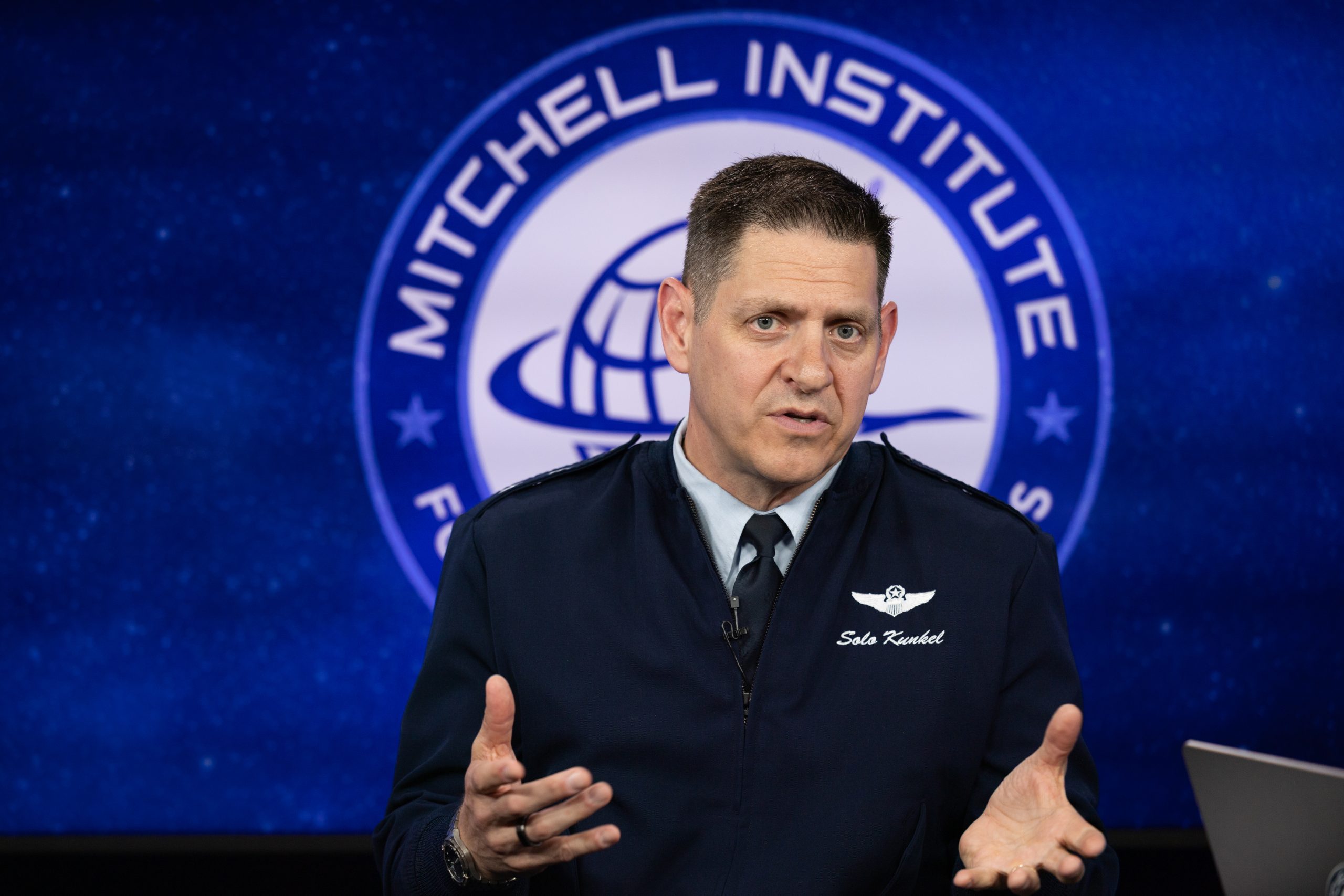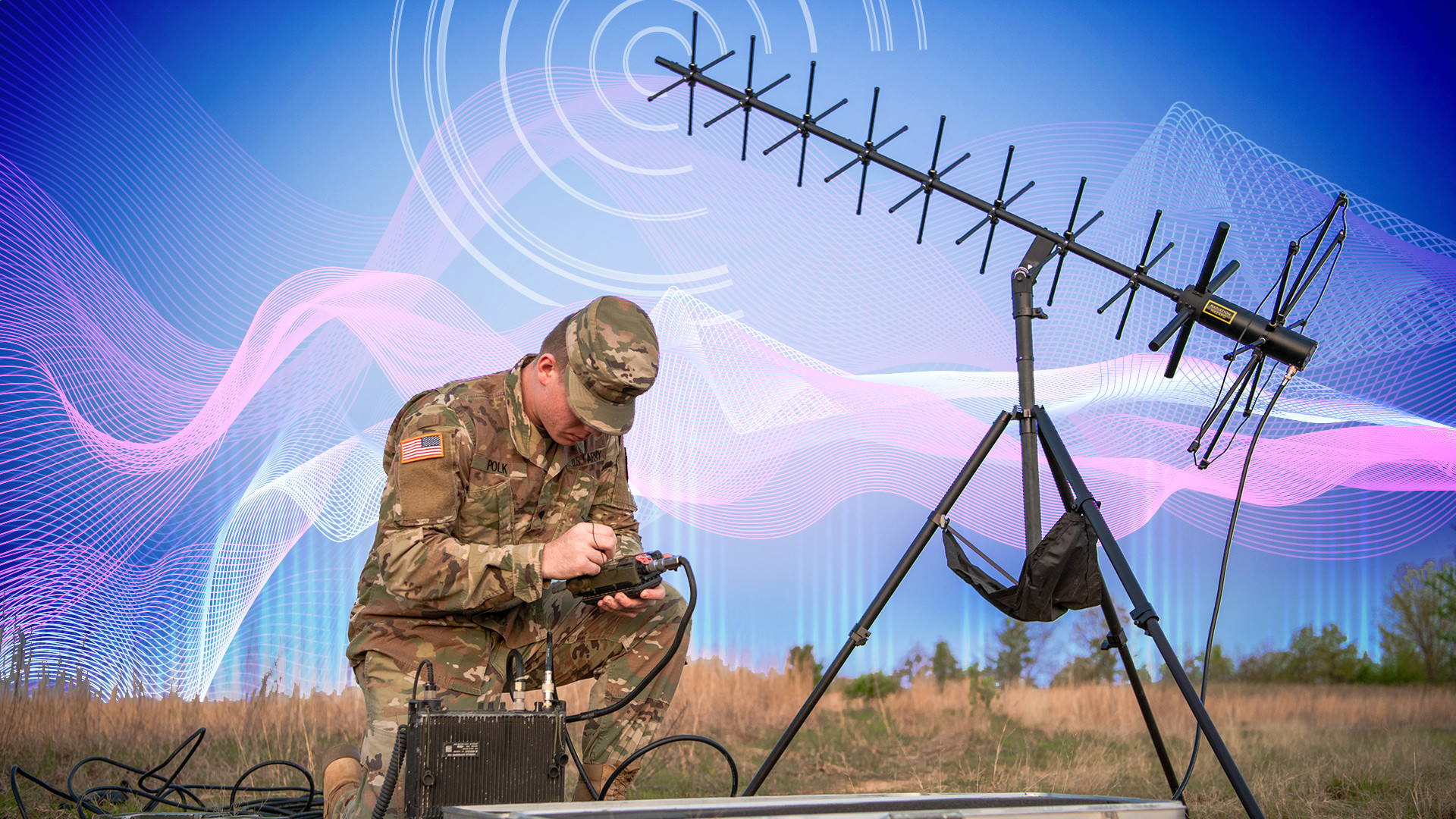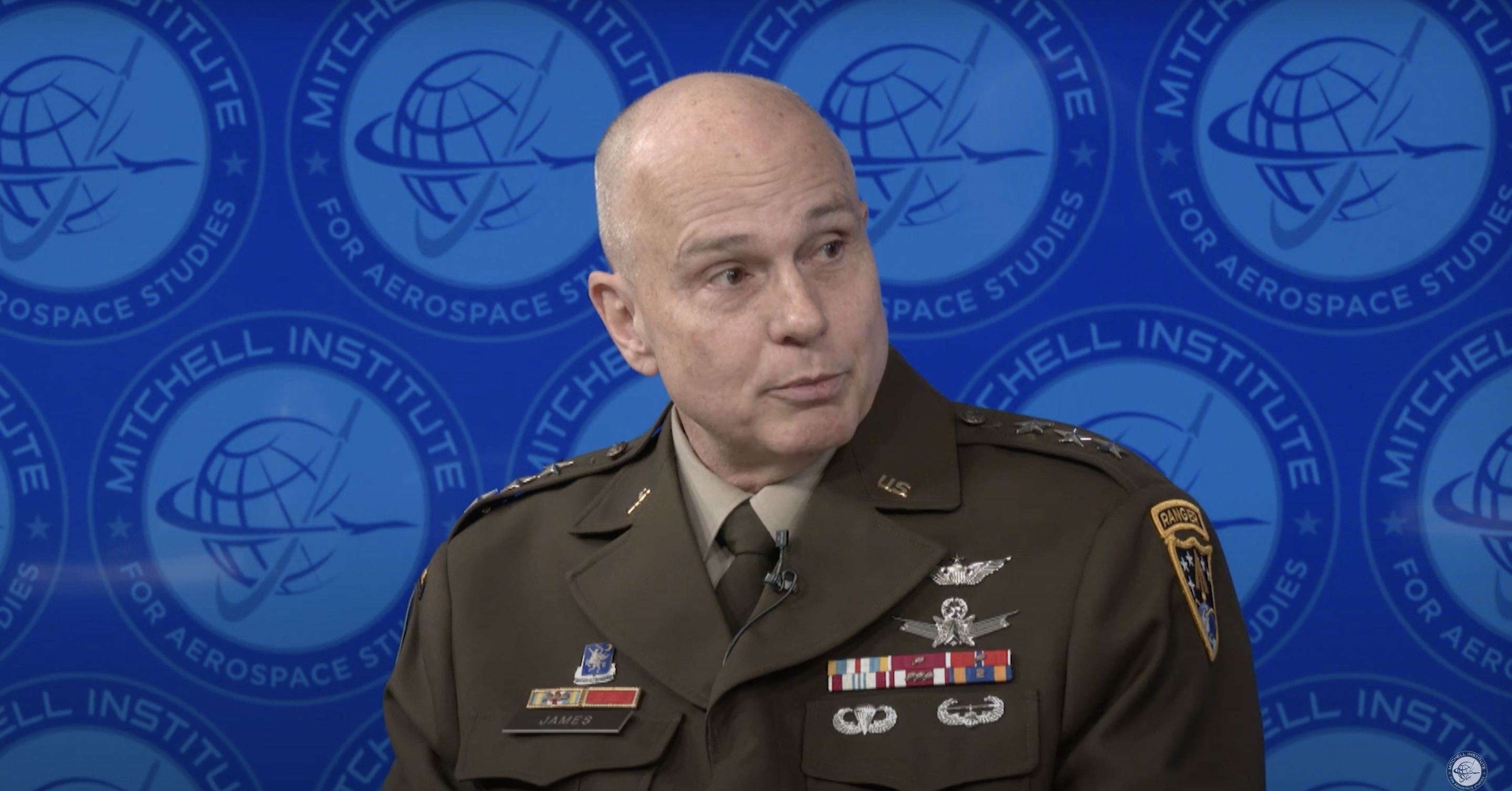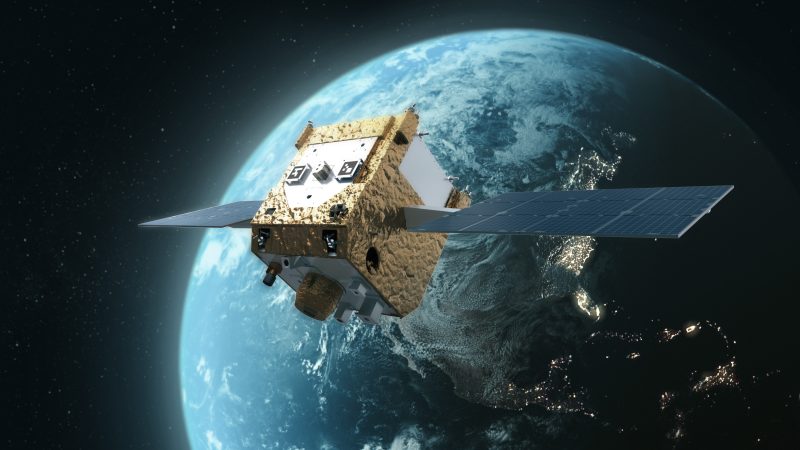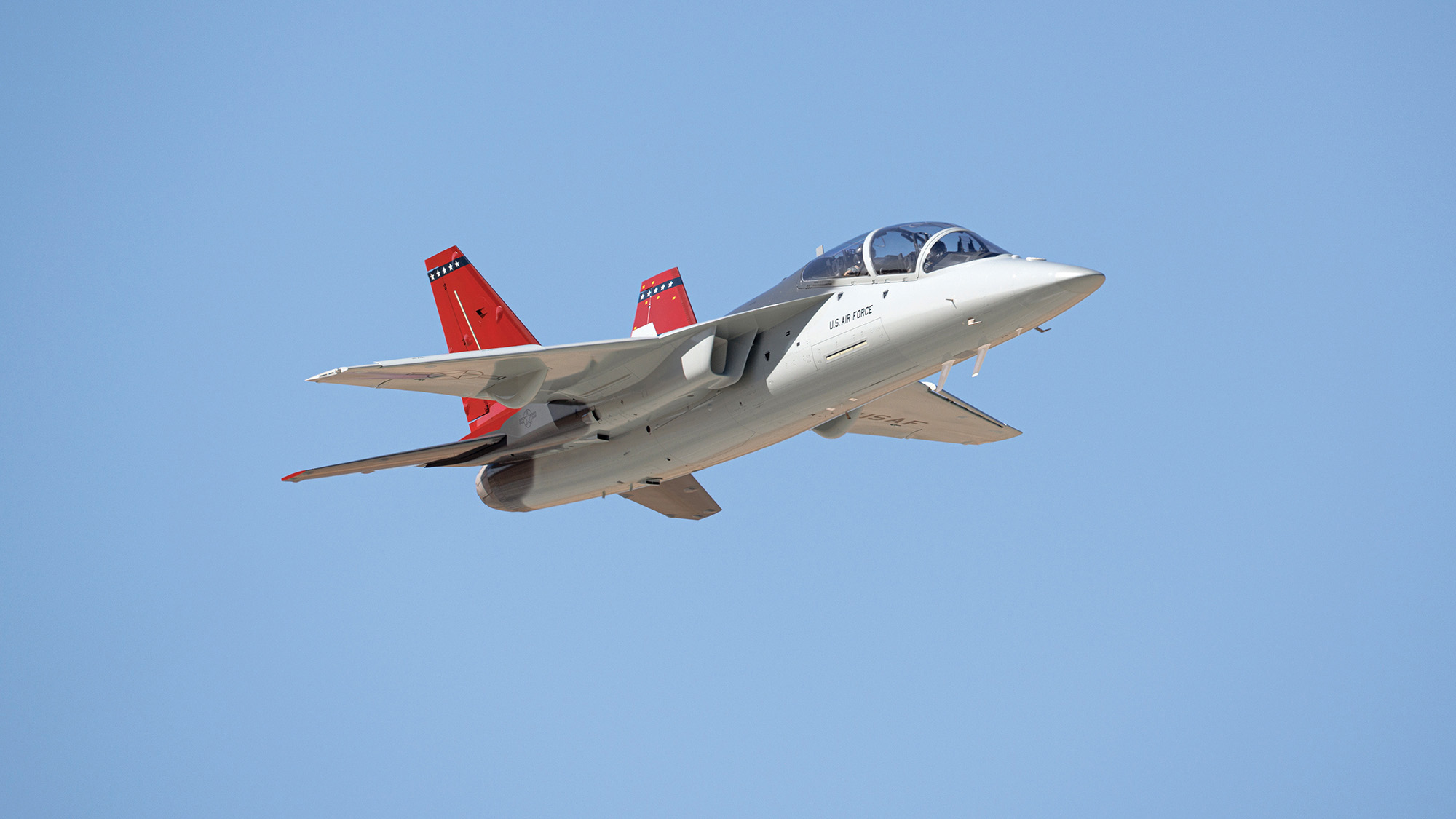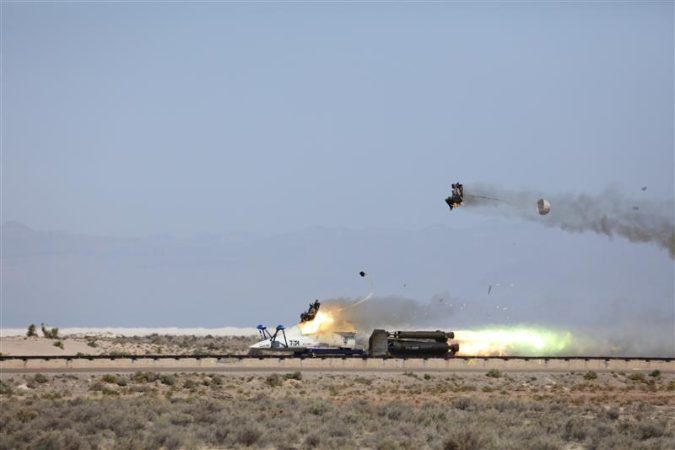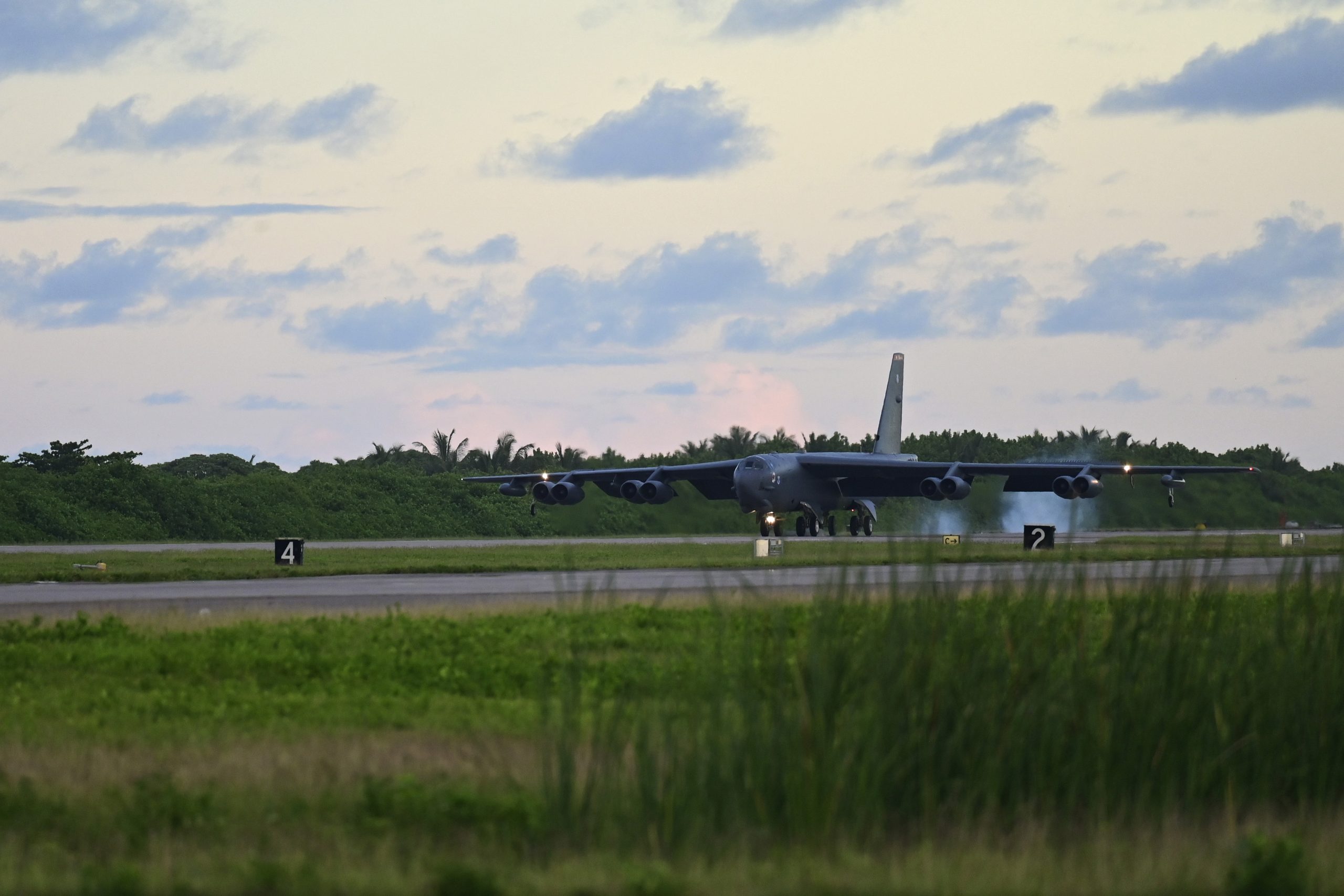As Air Force leaders consider concepts of operations for Collaborative Combat Aircraft, sustainment in the field—and easing that support by using standard parts and limiting variants—should be a key consideration, according to a new study from AFA’s Mitchell Institute of Aerospace Studies.
Based on a series of wargames, the study also concluded that using common weapons across different autonomous aircraft types will ease the logistics burden in wartime.
CCA sustainment is particularly important to maintaining a high tempo of operations and getting the maximum benefit for the Air Force, said retired Col. Mark Gunzinger, who authored the paper.
That’s because as long as CCAs are flying, either alone or with manned fighters, an enemy will have to “honor” them as a threat and expend effort, weapons, and sorties against them, said Maj. Gen. Jospeh Kunkel, head of Air Force Futures.
That only works if CCAs keep flying, and keeping those drones up in the air is a serious logistics challenge.
In the Mitchell-run wargames, “we’ve got 16 different [CCA] variants out there” Gunzinger said, and it’s important they not have 16 unique logistics trains to support them. “That is a critical consideration,” he said. The variants must be able to “share refueling equipment, other ground equipment, weapons, loading equipment, or whatever, to reduce the strain on our logistics force.”
Kunkel said the Air Force has spoken with its first two CCA airframe contractors—Anduril Industries and General Atomics Aeronautical Systems—about this and urged the companies to look “at motors that are the same, controls that are the same, actuators, tires … those types of things that we need” to sustain CCAs in the field.
“They don’t necessarily have to be the same aircraft, but certainly many of the components need to be the same,” he said.
Kunkel acknowledged, however, that a fundamental requirement is CCAs be able to operate for hundreds of hours without requiring significant physical interventions from maintainers.
The wargames didn’t identify a “sweet spot” limiting the number of increments or types of CCA drones that the Air Force should field to reduce complexity of support, but Kunkel said the numbers of types could be offset by using common elements or parts.
How to Take Off
The study found that CCAs that don’t require a runway for takeoff or recovery can help with the Air Force’s shell-game approach of Agile Combat Employment, in which aircraft are distributed over a wide variety of operating locations and move frequently, so as to not present a too-inviting target for an enemy with precision long-range munitions.
Kunkel said other considerations may still demand conventional takeoff CCAs, but he also suggested short or vertical takeoff is “is something that we need to look at” in future CCA increments.
“As you look at how we generate combat power, and the number of sites we can use … there’s something to a shorter takeoff length,” he said. “We’ve got to figure out what that takes because, generally, when you do a vertical takeoff aircraft, you decrease the payload, you decrease the range. And so there’s a balance that we need to strike here.”
On top of that, Kunkel reiterated recent comments he has made that the Air Force is looking at launching some types of CCAs not from the ground, but out of the back of other airplanes.
“We don’t necessarily want to be tied to air bases for CCAs,” he said.
Missions
One factor in the sustainment debate is the mission of CCA drones—the Mitchell study argued the service should favor“nonkinetic effects” like electronic warfare and other functions that can “degrade, disrupt or destroy” the electronic systems in adversary integrated air defense systems.
The wargames also saw a strong role for CCAs providing logistic support themselves, chiefly for delivering ammunition and supplies to far-flung locations.
The study noted that wargame participants commanding CCAs felt that the aircraft’s smaller footprint and lower cost allowed them to operate from bases closer to the enemy and “generate sorties closer to the fight,” Gunzinger noted.
Overall, the study concluded that the wargames showed some of the potential of CCA while still demonstrating they cannot substitute for fifth-generation fighters or the new F-47 Next-Generation Air Dominance fighter. Gunzinger also said CCAs shouldn’t be used to merely replicate the way the Air Force has fought in the past, but that the service should capitalize on their attributes to create new ways of fighting.
CCAs “must be additive” to the force, and not a replacement, Gunzinger said. As such, they need to be provided for with logistical considerations over and above those for the crewed fighter force.
